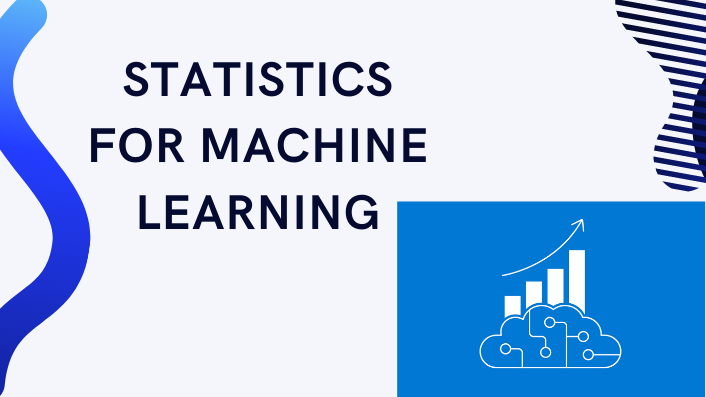Statistics are represented as understanding the collection, research, interpretation, representation, and configuration of data. On the other hand, Machine learning is all about directed learning, forecasts, etc. Many people have this confusion about the use of statistics in Machine learning and the difference between them. Both Machine learning and statistics are closely related. The statistics and machine learning purpose are almost the same. However, that is necessary but worthwhile when one is working on machine learning projects. It would be right to say that statistical methods are needed to efficiently work within a machine learning imminent modeling project. Below we have given information regarding statistics in machine learning and also get statistics assignment help.
What are Statistics and machine learning?
It is one of the significant and most robust areas of mathematics. As the subfield of mathematics, it works with organizing, collecting, presenting, and outlining data. In other words, statistics is about performing some basic techniques to make it more straightforward to get.
Whereas, Machine learning(ML) is one of the important fields of computer science. In which various statistical techniques are adopted to let the computer immediately learn. Machine learning(ML) is an application that is practiced in Artificial intelligence(AI) converged on making applications that receive from data and increase their efficiency over time without being programmed.
Different Examples of statistics for machine learning
Below we have given some of the examples of statistics used in machine learning projects. There are several other examples, but we have listed some of the important ones.
It is necessary to have a deep practical understanding of statistics essential for successfully working through a predictive modeling problem.
- Data cleaning
- Model selection
- Model presentation
- Data understanding
- Model evaluation
1. Data understanding:
Data comprehension approaches provide a cozy grasp on both the easements of variables and the relations between them. A part of this knowledge may derive from domain experience or require a domain in order to comprehend. All things considered, the two experts and newcomers to a field of research would benefit from really taking care of those expectations that structure the domain.
Two extensive parts of statistical approaches are appropriated to help in getting the data they are:
- Statistics Summary.
- Information Visualization.
2. Model Evaluation:
An important part of demonstrating an imminent problem is evaluating a learning technique. This usually necessitates the evaluation of the model’s expertise when making judgments on data not seen during the model’s preparation. Normally, the development of this method of planning and assessing an imminent model is called experimental design. This is a complete subfield of statistical methods.
- Experimental Design:
Methods to plan regular experiments to examine the influence of free variables on a consequence. For example, the choice of an ML calculation on expectation exactness.
As a characteristic of producing an innovative structure, methods are used to resample a dataset. To make practical use of convenient data to determine the model’s skill.
- Resampling Methods: Procedures for efficiently dividing a dataset into small parts to prepare and evaluate an imminent model.
3. Data Cleaning:
Observations from space are normally not ideal. Even though the information is advanced, it might reveal methods that can degrade the information’s accuracy and turn any downstream models or systems that use the data.
A few examples include:
- Data misfortune.
- Data debasement.
- Likewise, Data blunders.
Statistical approaches use for data cleaning:
- Outlier identification
- Imputation
4. Model Presentation
After preparing the final model, it can deliver to stakeholders previously appropriated to get precise predictions on existing data.
A part of giving a final model involves giving the required skill of the model.
Methods from the evaluation statistics field can utilize. To quantify the difference in the ML model’s expected skill by using assurance periods and inception intervals.
5. Model Selection
One of many artificial intelligence calculations that might be fitting for a given imminent modeling problem. The tendency toward adopting one approach as the answer is called model selection.
This may comprise a set of standards both from allies in the project and the circumspect translation of the procedures’ expected skills decided for the issue.
Likewise, as with the design of the model, two types of factual methods appropriate different models’ estimated skill for the model selection’s purposes. They are:
- Statistical Hypothesis Tests: Methods that estimate the chance of witnessing the result given opinions about the outcome.
- Evaluation of Statistics: Procedures that include the possibility of a consequence using certainty intervals.
Conclusion
I hope you are cleared with the doubt of the use of statistics for machine learning. Statistics are represented as understanding the collection, research, interpretation, representation, and configuration of data. On the other hand, Machine learning is all about directed learning, forecasts, etc. statistical methods are needed to efficiently work within a machine learning imminent modeling project. In case if you want to gain more knowledge on this topic please let us know in the comment section.
